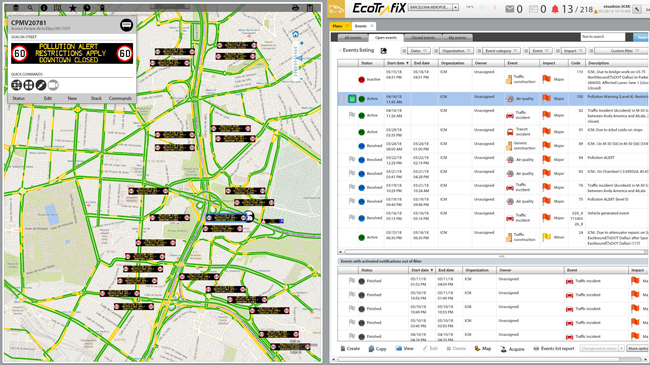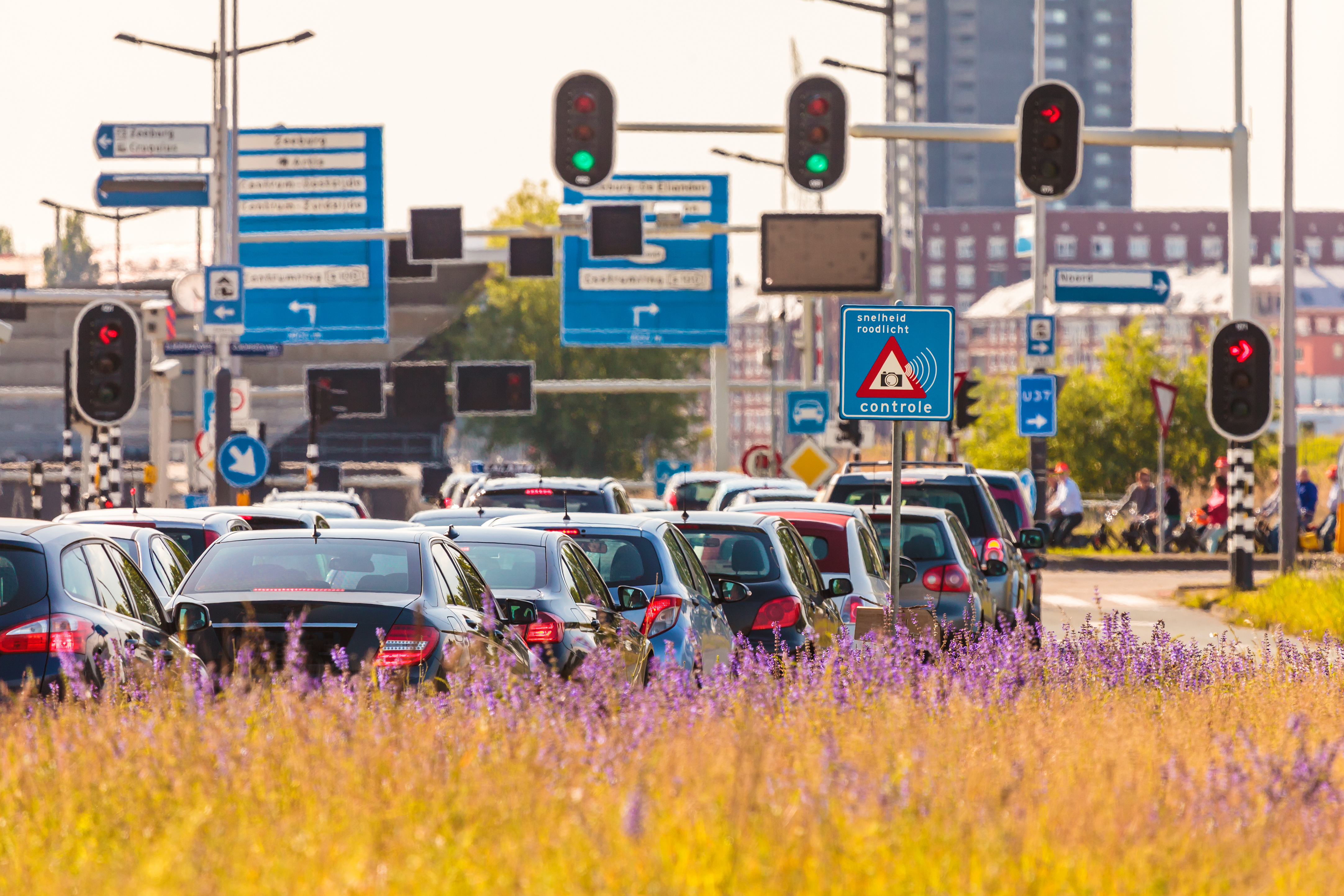
Traffic can be a really big challenge. When you’re stuck, you’re stuck. Everything comes to a standstill. But Alexander Lewald describes how existing infrastructures can be used more efficiently and how demand can be managed
A few figures to start with: in Los Angeles, the average driver spends 102 hours a year in traffic – that’s more than four days. This figure is 91 hours in Moscow and New York, 74 in London, 69 in Paris, 51 hours in Munich and still 40 hours in Vienna. Traffic is what causes drivers the most stress. They see it as a nuisance. Ecologists point to the emissions associated with this traffic and economists also look at its effects.
After all, traffic results in significant consequential costs to the economy. These costs amount to $33.7 billion in Los Angeles alone, £9.5 billion in London and €3.5 billion in Hamburg. Experts expect costs to amount to €520 billion in Germany alone by 2030 – due to gridlock on the roads. Congestion, to summarise the above, is a burden in every sense: mentally, physically, economically and environmentally
However, it is impossible to imagine life in our cities without it. It is almost omnipresent. It is like a force of nature. And with the rise in levels of car ownership, especially in the urban areas and major cities of Asia, Africa and Latin America, the slow-moving congested traffic that comes to a stop will increase and the 102 hours of traffic each year in Los Angeles will be looked upon favourably. It is clear that the city is not made for cars - despite all the visions of car-friendly cities.
Mixed solution
What needs to be done? Establish access restrictions and car-free days, promote de-roading and impose driving bans? Ban cars completely? The answer is: a mixture of all of them. Above all, it is important to take a proactive approach. Associated with the key basic concept and guiding principle of all urban and transport planning is the fact that the city is there for the people. They are the measure of all things that have to be brought on track, in every sense of the word.
What this means in practical terms is that we must focus on traffic flow, keeping it moving and recognising and avoiding potential tailbacks at an early stage. In short, we must aim to achieve this in our solutions and services and be proactive in every sense - not allowing situations that cause traffic to come to a complete stop and standstill to even occur in the first place.
This is possible. We are all connected to one another with smartphones nowadays. Devices that record our movement data, and send it relentlessly, can be used to generate movement models that tell us how people move through the urban space. We also know the capacity of the roads. These are two key factors.
They enable us to forecast traffic jams based on statistical models. If we relate these statistical models to existing infrastructures, this results in something new. We can use floating car data, for example, to control traffic lights. This is much more efficient and effective than the adaptive traffic light control.
Acting ‘egotistically’
And there’s more. All road users act ‘egotistically’, based on their information (not out of ill will, but rather because they don’t know any different). They have their destination in mind that they want to reach - with, alongside and against all other road users. The navigation device also works on this basis. Each of these programmes only calculates the individual driving need against an anonymous mass. This is natural – and it is absurd. The solution lies in collaborative routing. If the algorithms and data are in the cloud, this provides a digital reflection of the current traffic situation. Recommendations can then be given based on this collection of real-time information - recommendations that are far better than those from an individual can ever be. We can use the depth of information and sensibly control the traffic for everybody. Instead of half an hour stuck in traffic on Landshuter Allee in Munich, on the Tangente in Vienna, on Russell Square or Finchley Road in London, a detour is offered. A div
ersion that only takes ten minutes longer. That doesn’t cause an increase in congestion. Instead, the fluidity of traffic helps the situation and keeps both exhaust emissions and direct and indirect costs low.
In simple terms: we optimise on the basis of the existing infrastructure and available data.
If we can have about a 20% increase in the flow of traffic in a city – and that is possible – then something substantial has been achieved for the city and its people. We must of course keep one thing in mind: the fact that there cannot be a “one size fits all” solution. Cities are just too different. In the US, we tend to be confronted with car cities, in Europe with traditional cities and in Africa, parts of Asia and Latin America with ‘chaotic’ cities. All these cities and their systems will develop differently. They will not lose their character – they will only become wiser and smarter.
Spanish lessons
This is exactly the approach we are employing in Madrid. The city government assignedThis is a big and important step. Another step is the task of creating an infostructure from the infrastructure. The perfectly coordinated movement through the flow of traffic requires perfectly interconnected communication between road users (V2X). This permanent, high-speed exchange of information is the great commitment to maximum safety. We will also be working with one of our partners to enable cars to see around the corner, so to speak. This will be done by communicating from vehicle to vehicle and through the cars sharing their movement data, direction and speed with the others in the surrounding area via radio. This will give anticipatory driving a new dimension.
If we set ourselves the goal of improving traffic flow and increasing safety in the foreseeable future - and therefore, in a short space of time, minimise emissions and reduce travelling times - we will then require a holistic approach. We must think about all the options in interaction. And the solution must not be systematic, it has to be user-oriented. According to our CEO Georg Kapsch, mobility is the sum of the individual and general needs and requirements of society. These components must be understood and used together as a whole.












